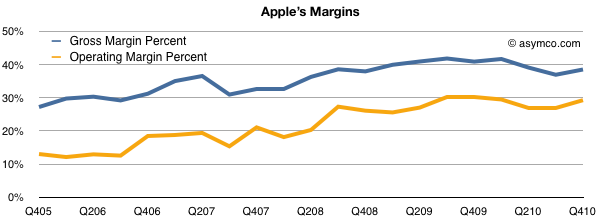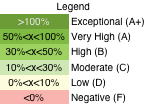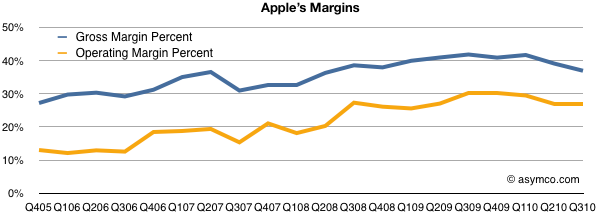I’m thrilled to announce the next Apple investor event, September 19, 2024. Henceforth the events will be called the Apple Worldwide Investor Conference (WWIC). WWIC will examine Apple’s business in-depth using the latest data. In addition to financial review, we will also cover technology, externalities, company culture, brand and competitive stance.
- Focus: Apple Intelligence.
- State of the Union
- Products & Services: Financial performance and market overview
- Valuation: Measuring customer creation and retention
- Growth: Opportunities in Products, Services, and Geographies
- Externalities
- Legal and Regulatory Review
- Competition
- Macro
- China
- Big Picture: Adoption Rates, Sustaining and Disruptive roadmaps
- Wild Card: Reading the Buffett portfolio decision
We’re maintaining the intimate atmosphere of last year: same venue in Boston and limited in-person seating allowing for seamless interaction and enquiry. In addition, we would like to address a wider, global audience. So, for the first time, we will also be offering remote participation where you can watch the livestream, ask questions, and discuss topics live.
Tickets are available now. Asymco followers can get an additional discount using code asc24.
See you at the event—in person or online!





